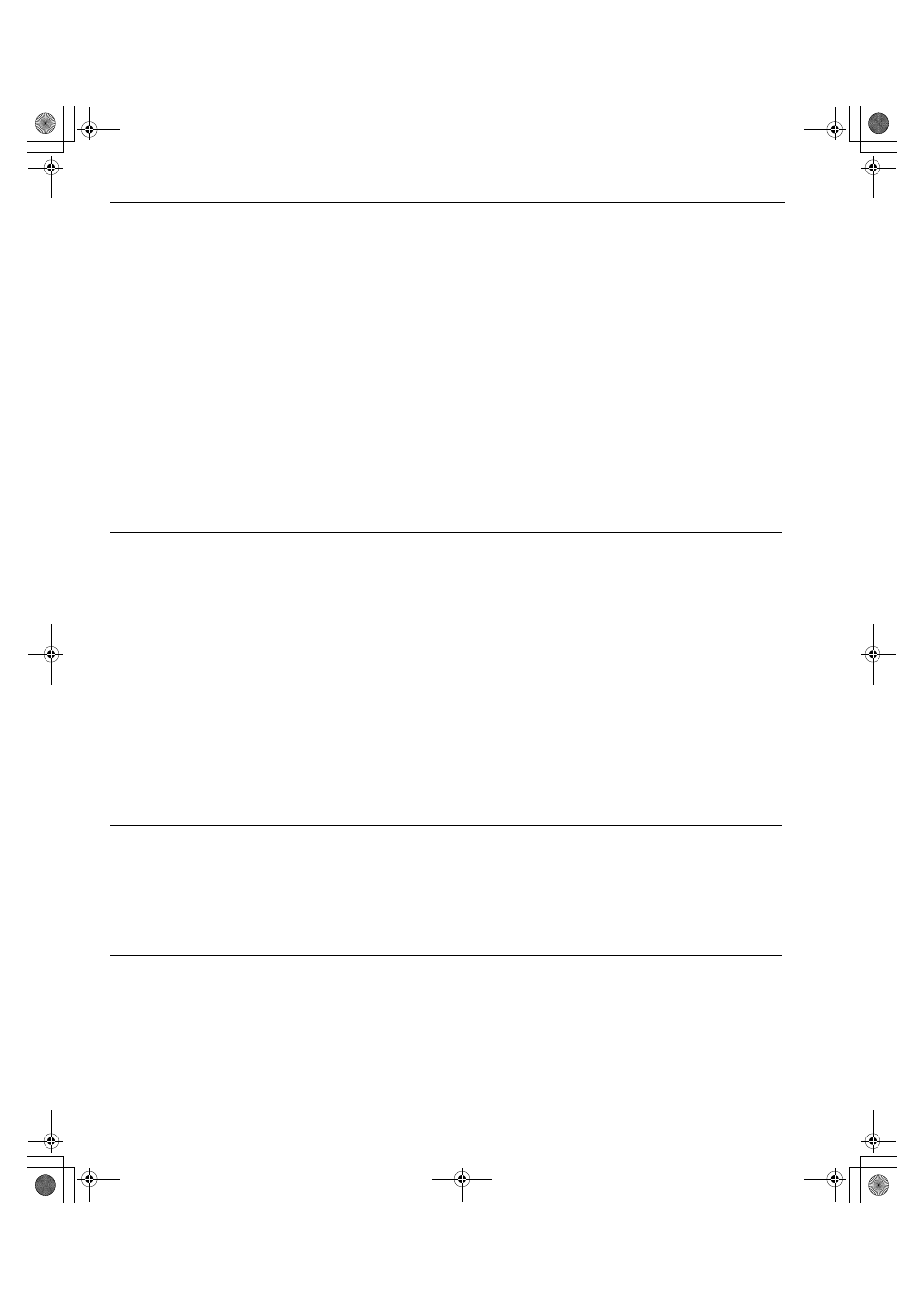Connecting a surge absorber, Attachment for external heatsink mounting – Yaskawa D1000 Series Power Regenerative Converter User Manual
Page 172

7.5 Installing Peripheral Devices
172
YASKAWA ELECTRIC TOEP C710656 07C YASKAWA Power Regenerative Converter - D1000 Instruction Manual
■
Application Precautions when Installing a GFCI
Converter outputs generate high-frequency leakage current as a result of high-speed switching. Install a GFCI on the
input side of the converter to switch off potentially harmful leakage current.
Use a GFCI with harmonic countermeasures and with a rated operating current of 30 mA minimum for each connected
converter at the power supply side to eliminate harmonic leakage current and suppress any potentially harmful
frequencies.
Leakage current can cause unprotected components to operate incorrectly. If this is a problem, lower the carrier
frequency, replace the components in question with parts protected against harmonic current, or increase the sensitivity
amperage of the circuit interrupter to at least 200 mA per converter.
Factors in determining leakage current:
• Size of the converter
• EMI/RFI filter
• Carrier frequency
• Motor cable type and length
Select an interrupter that senses all types of current (AC and DC) and high frequency currents to safely protect the system.
◆ Installing a Magnetic Contactor at the Power Supply Side
■
Disconnecting the Power Supply
Instead of an MCCB, you can also use an MC in the sequence to turn off the power supply for the main circuits when
protection functions in the converter are activated or for emergency stop operations. However, if an MC at the input
(primary side) to the converter is used to force the converter to stop, it will stop without performing regenerative
operation. Create the sequence carefully.
NOTICE: Do not connect electromagnetic switches or MCs to the output motor circuits without proper sequencing. Improper
sequencing of output motor circuits could result in damage to the converter.
NOTICE: Install an MC on the input side of the drive when the converter should not automatically restart after power loss. To get the full
performance life out of the electrolytic capacitors and circuit relays, refrain from switching the converter power supply off and on more
than once every 30 minutes. Frequent use can damage the converter. Use the converter to stop and start the motor.
NOTICE: Use a magnetic contactor (MC) to ensure that power to the converter can be completely shut off when necessary. The MC
should be wired so that it opens when a fault output terminal is triggered.
Note: Set up a delay that prevents the MC from opening prematurely to continue operating the converter through a momentary power
loss.
◆ Connecting a Surge Absorber
A surge absorber suppresses surge voltage generated from switching an inductive load near the converter. Inductive loads
include magnetic contactors, relays, valves, solenoids, and brakes. Always use a surge absorber or diode when operating
with an inductive load.
WARNING! Fire Hazard. Do not connect surge absorbers to the converter output power terminals. Failure to comply may result in
serious injury or death by fire or flying debris.
◆ Attachment for External Heatsink Mounting
An external attachment can be used to project the heatsink outside of an enclosure to ensure that there is sufficient air
circulation around the heatsink.
Contact a Yaskawa sales representative or Yaskawa directly for more information on this attachment.
TOEP_C710656_07C_2_0.book 172 ページ 2015年1月9日 金曜日 午後6時23分
